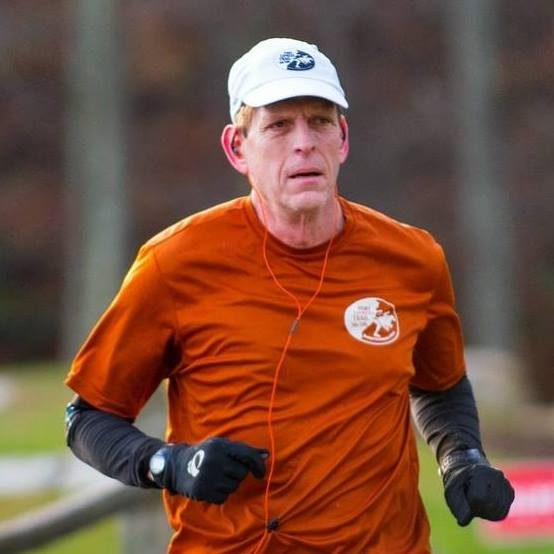North Kaibab to Boucher Creek and back
November 23-24, 2007

I had another spectacular run in the Grand Canyon on Thanksgiving weekend. Last year, I ran an 87-mile double-crossing to Hermit’s Rest and back from the North Rim. This year I planned to do a similar run but with the difference being a climb up the rugged Boucher Trail to the South Rim. I didn’t quite reach that goal, skipping the tough climb up the South Rim, but I did have an amazing adventure running on the West Tonto Trail, running all the way to Boucher Creek from the North Rim and back, over 78 miles. I ran 40 miles on the remote West Tonto Trail.











